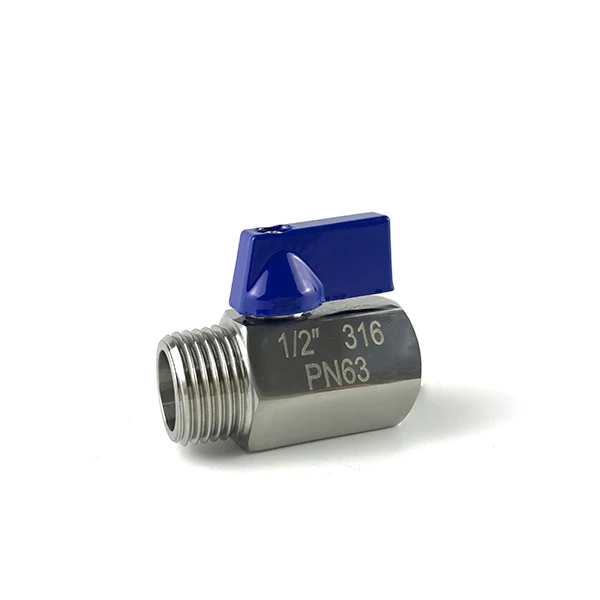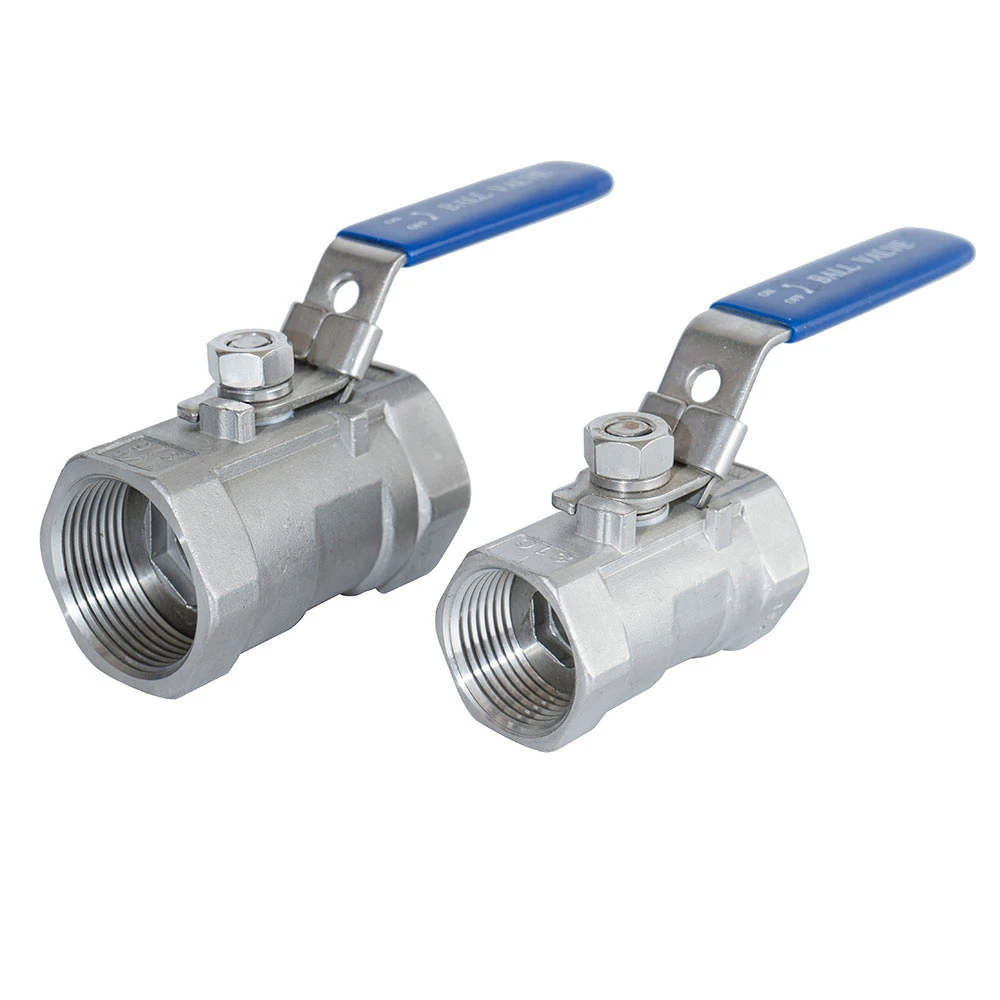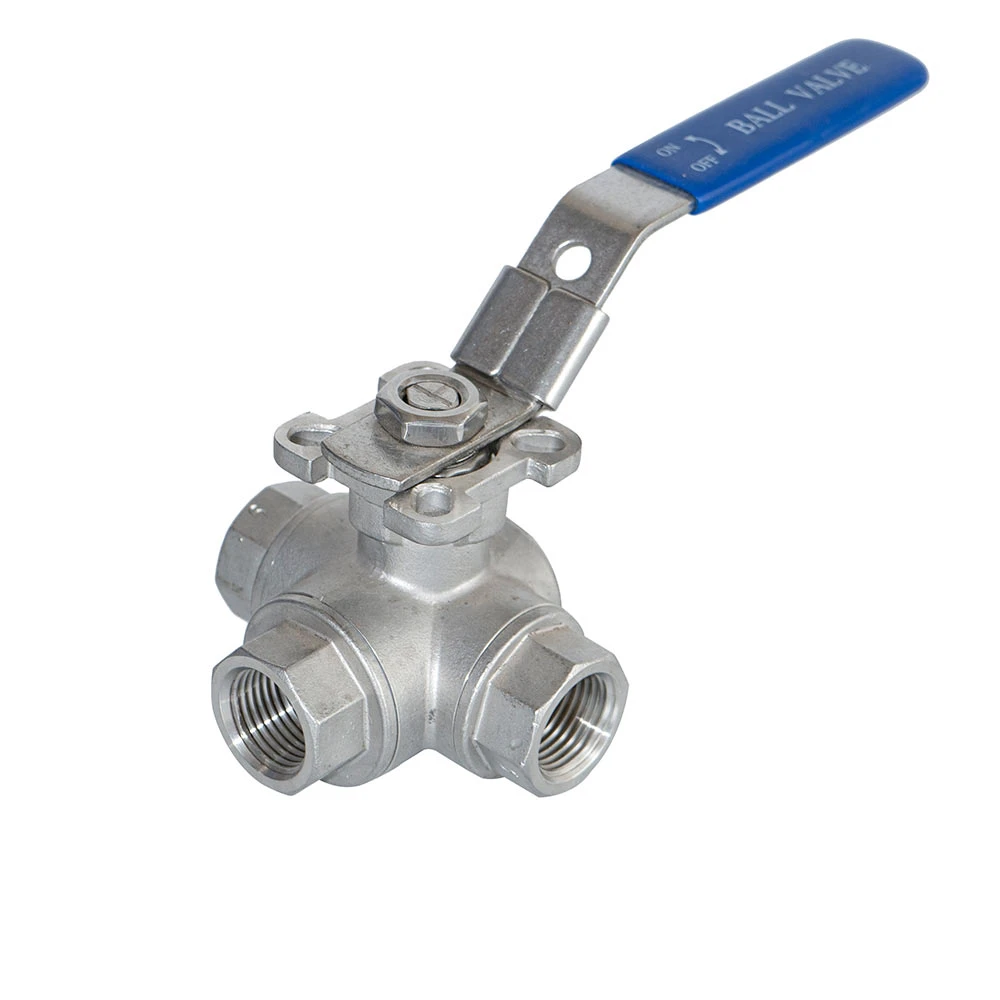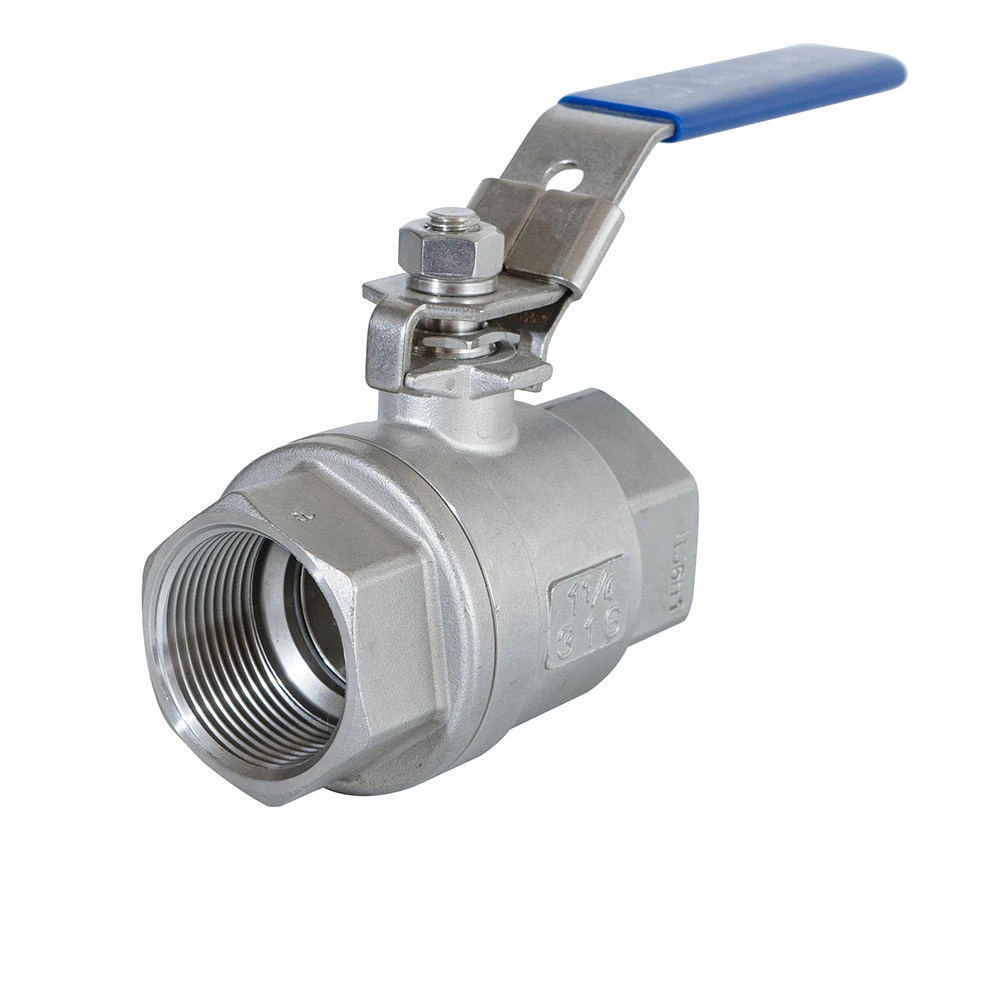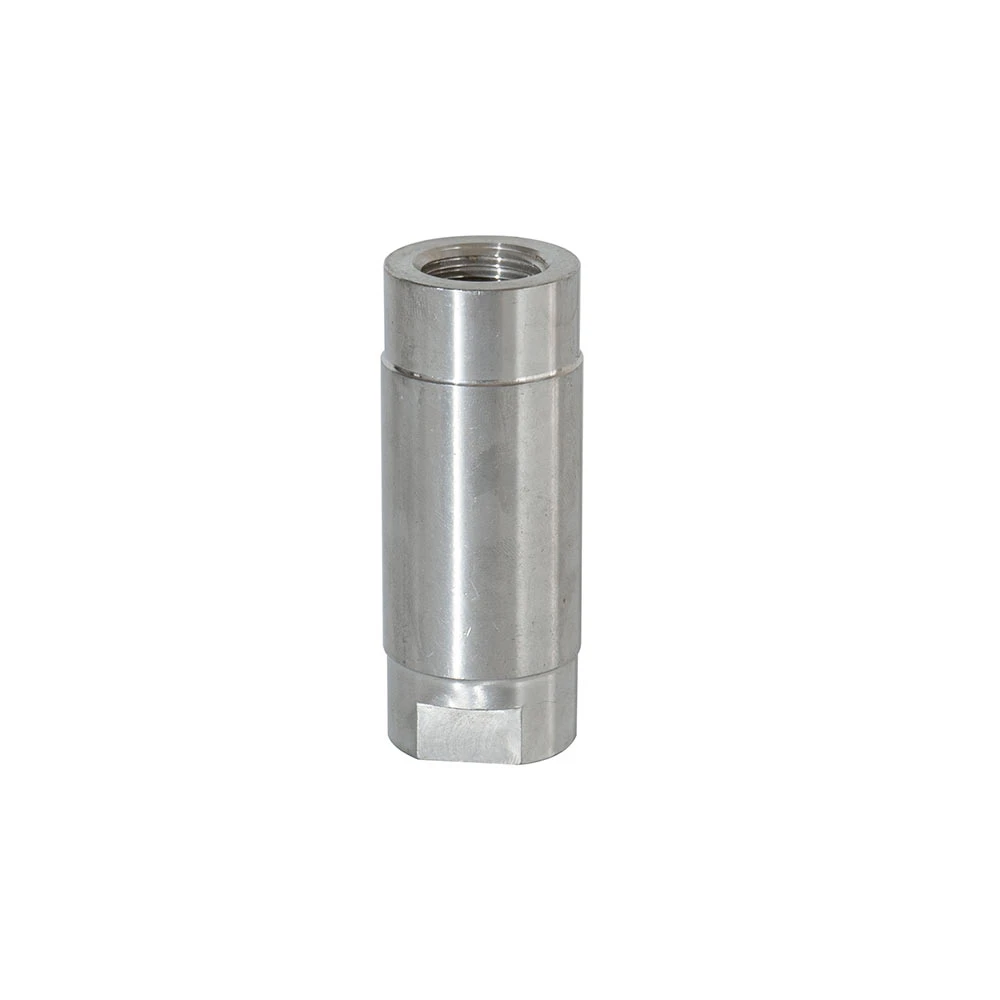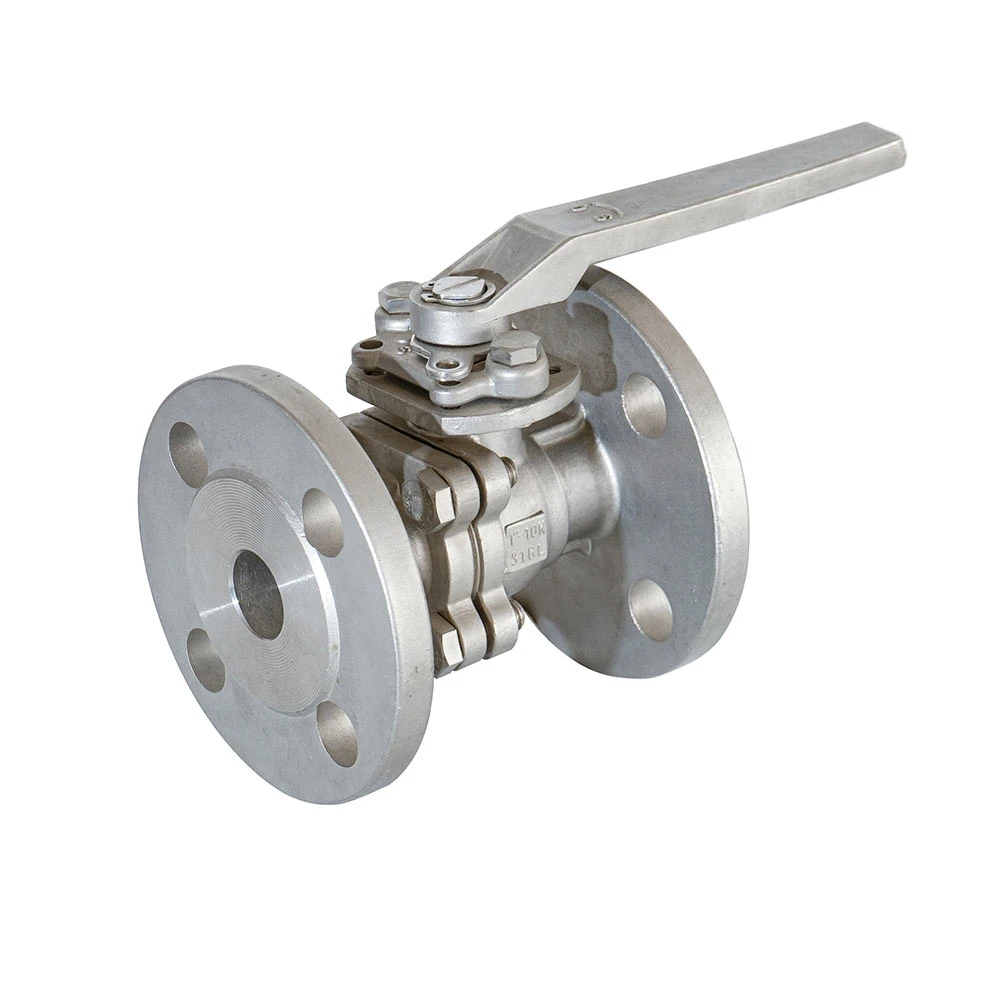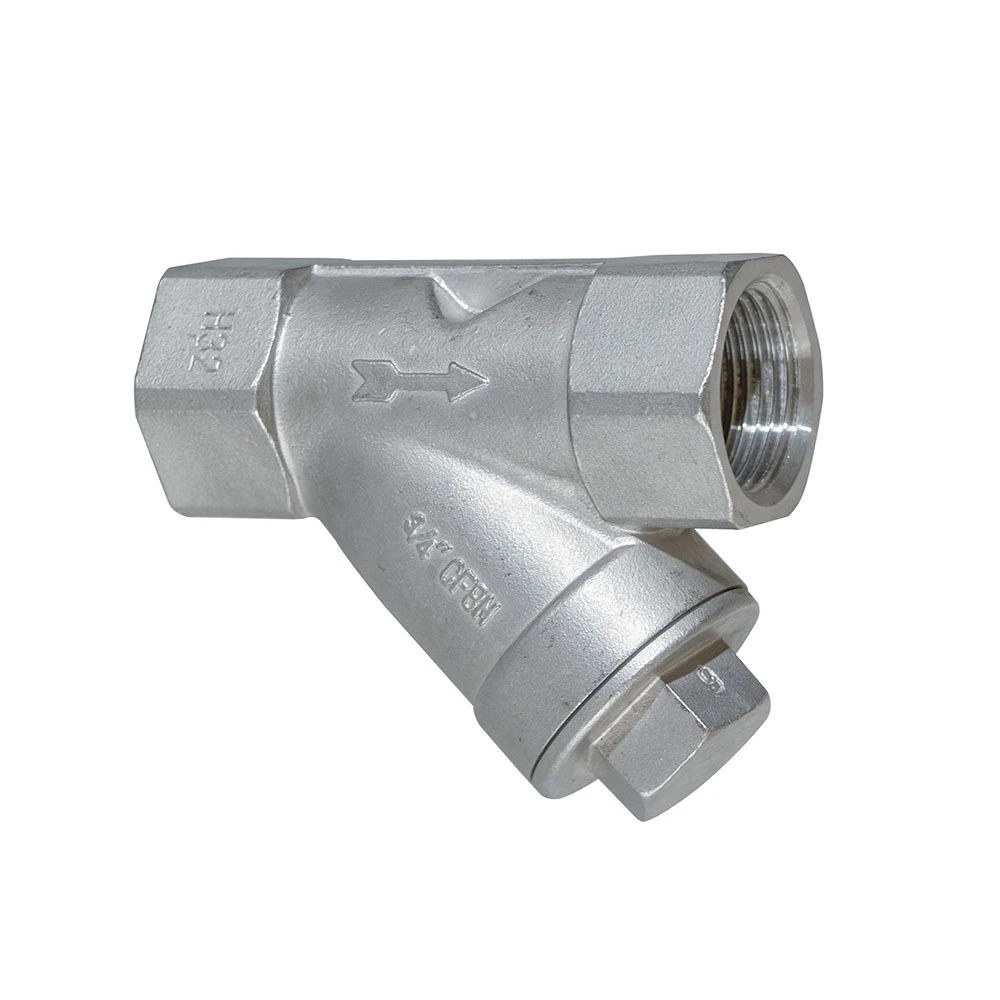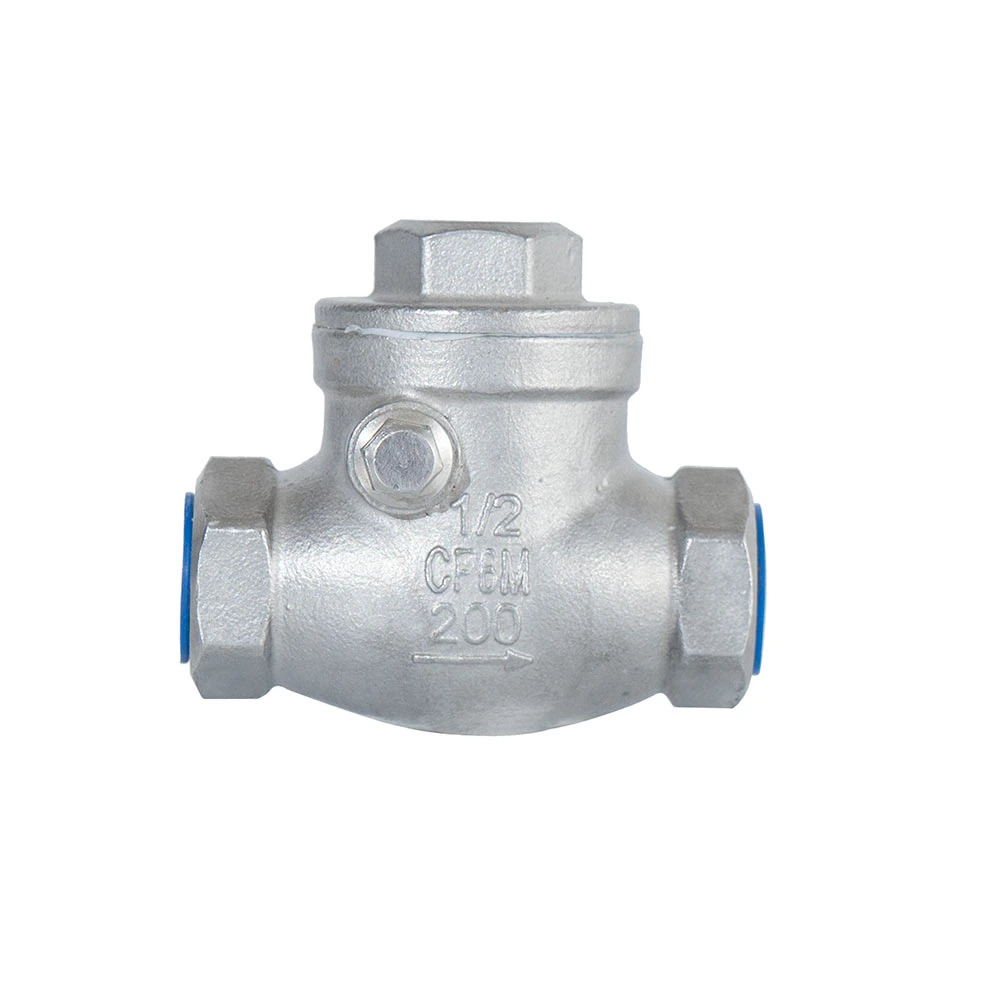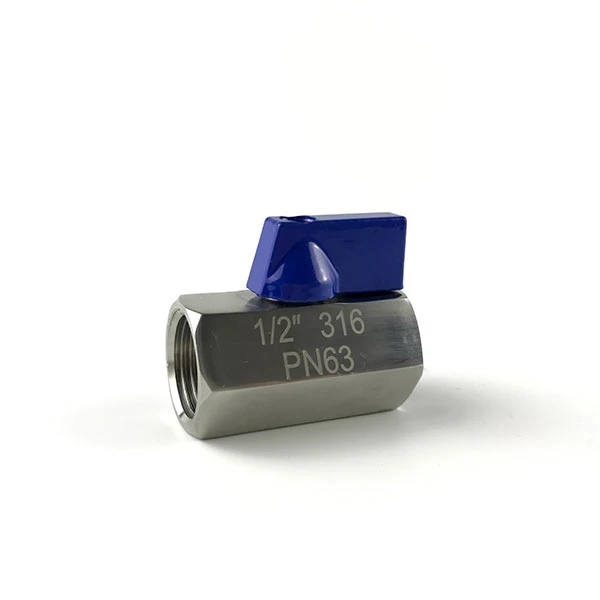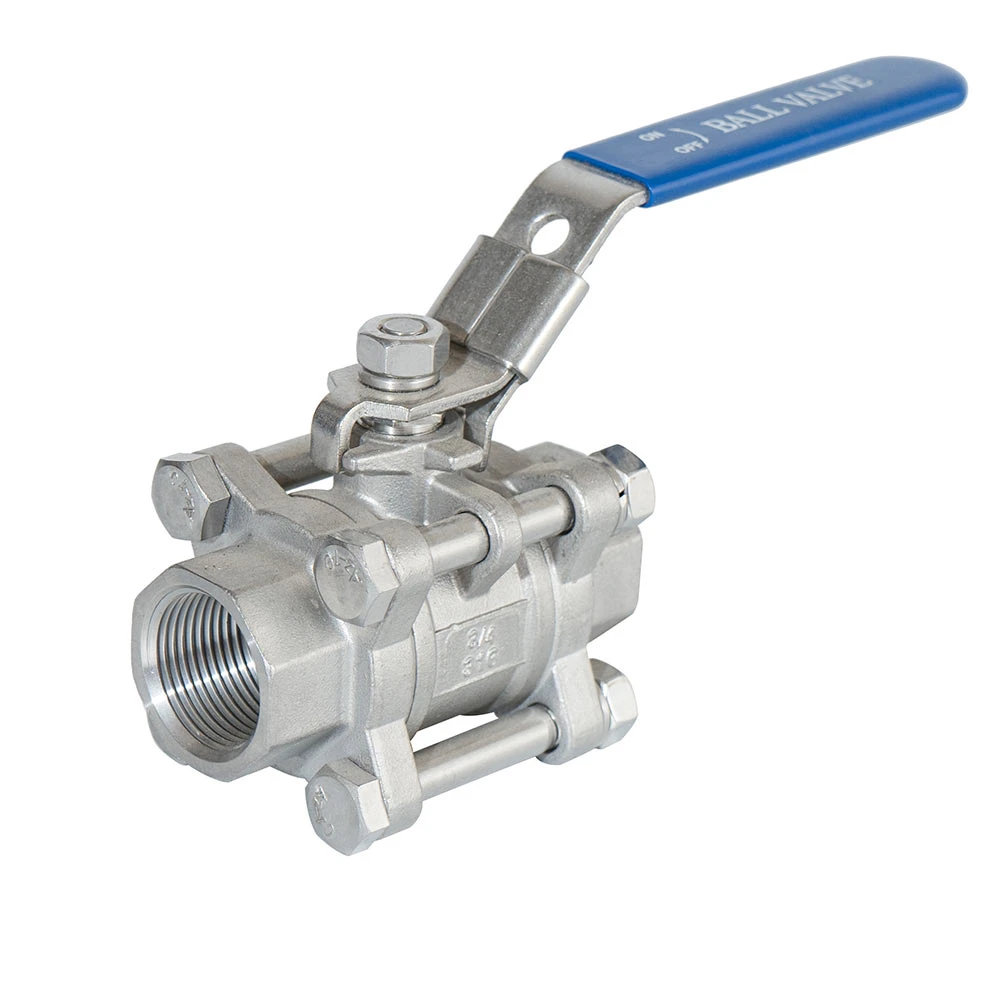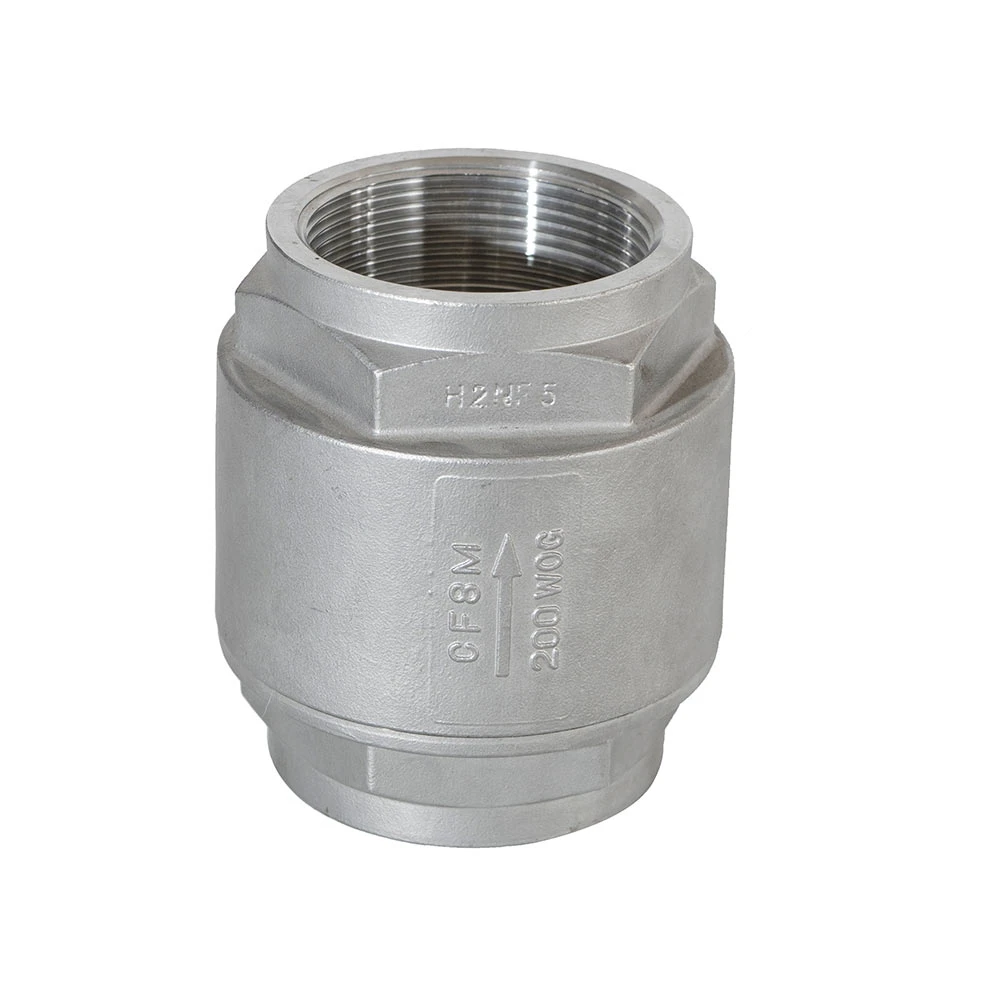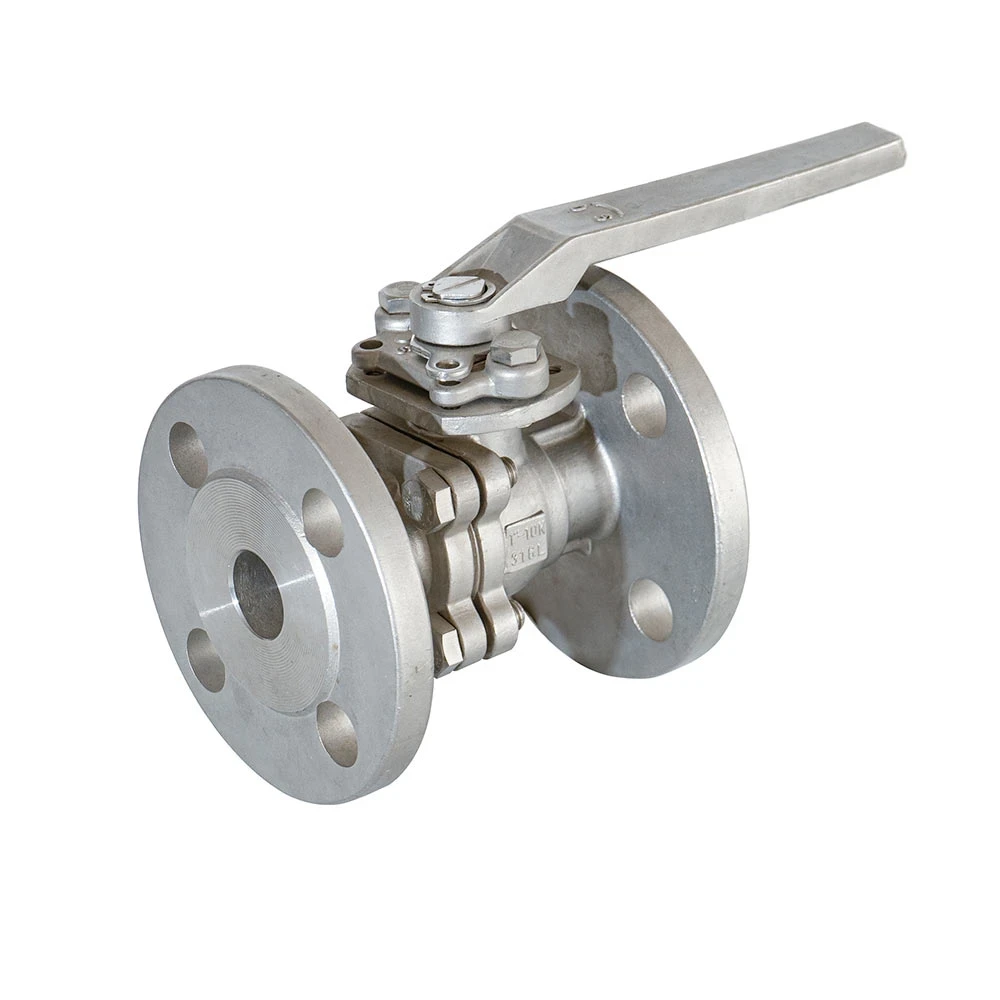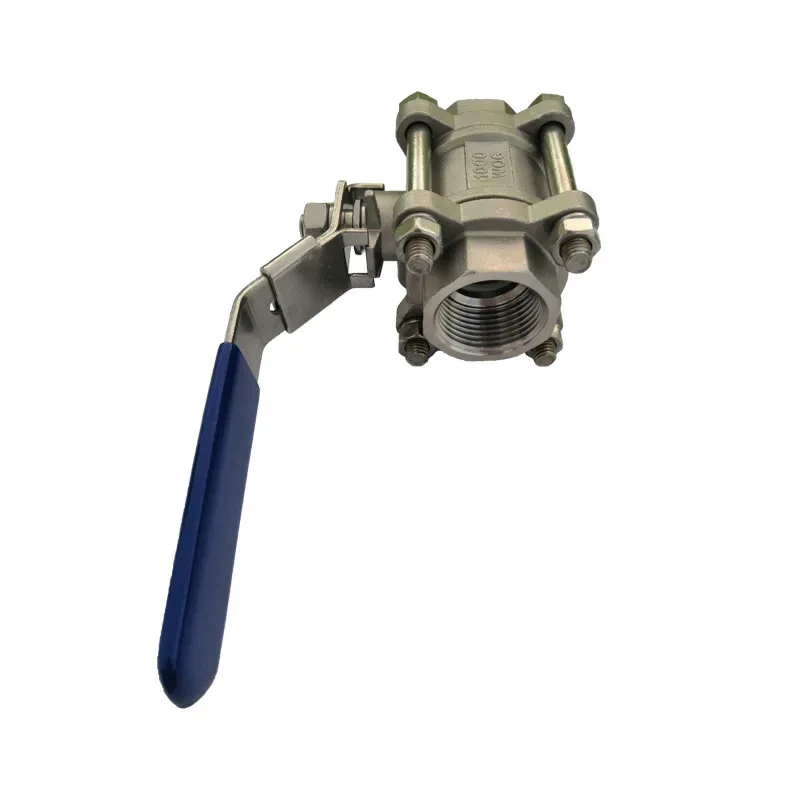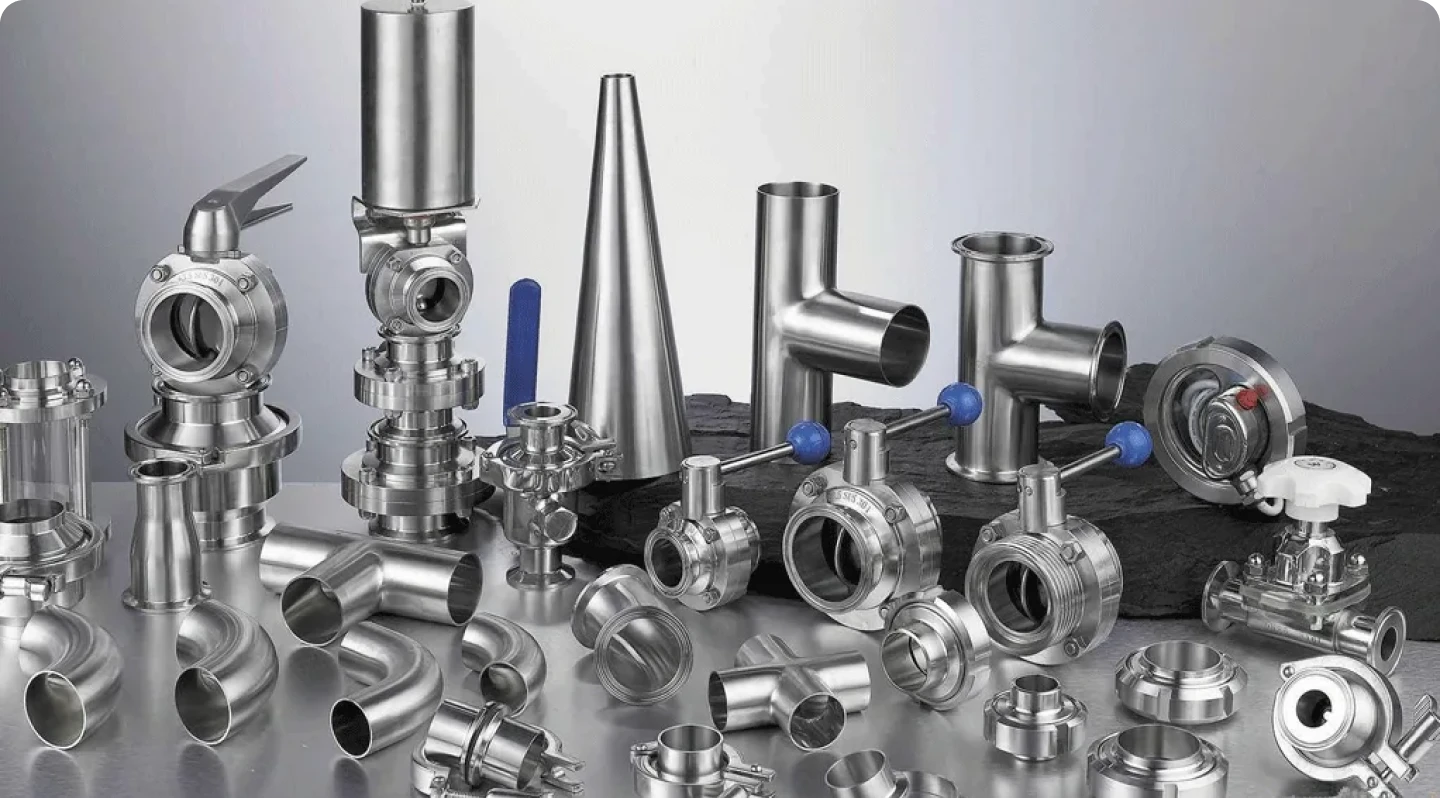Precision Fluid Control: The Indispensable Role of Mini Ball Valves
In the dynamic world of industrial fluid control, precision, reliability, and compactness are paramount. The mini ball valve 1 4 stands out as a critical component, offering efficient and dependable shut-off capabilities in a remarkably small footprint. Its versatility makes it an essential asset across a broad spectrum of applications, from intricate laboratory setups to robust industrial systems. As industries increasingly demand more compact and high-performance solutions, the significance of a well-engineered mini ball valve 1 4 continues to grow, driving innovation in material science and manufacturing processes to meet these evolving requirements. This article delves into the technical intricacies, applications, and strategic advantages of this vital valve, providing B2B decision-makers with a comprehensive understanding of its value proposition.
The demand for compact fluid control devices is surging across sectors such as HVAC, instrumentation, and pneumatic systems, where space constraints and precise flow management are critical. A prime example, the 1 4 inch mini ball valve, offers a quarter-turn operation for quick shut-off, making it ideal for scenarios requiring rapid response. Furthermore, specific variants like the 1 4 npt mini ball valve, with its National Pipe Taper thread, ensure a secure, leak-proof connection, essential for high-pressure or sensitive applications. Understanding the nuanced differences and specific advantages of these configurations is key to optimizing system performance and ensuring long-term operational integrity in complex industrial environments.
Technical Specifications and Performance Metrics
The performance of a mini ball valve 1 4 is defined by its precise technical specifications, which dictate its suitability for various operational environments. Key parameters include the body material, typically high-grade brass or stainless steel (304 or 316), each offering distinct advantages in terms of corrosion resistance and pressure tolerance. The port size of 1/4 inch is standardized, but connection types can vary, with NPT (National Pipe Taper) being common for its robust seal in North American applications, and BSP (British Standard Pipe) prevalent in other regions. Pressure ratings, often expressed as PSI WOG (Water, Oil, Gas) or Class ratings, indicate the maximum working pressure the valve can safely withstand at specific temperatures.
Seal materials, such as PTFE (Polytetrafluoroethylene) or reinforced PTFE (RTFE), are crucial for ensuring leak-tight closure and dictating the valve's temperature range. PTFE offers excellent chemical resistance and a wide temperature spectrum, making it a preferred choice for many industrial fluids. Understanding these specifications is vital for engineers and procurement specialists to select the correct 1 4 inch mini ball valve that aligns with the specific fluid, pressure, temperature, and chemical compatibility requirements of their systems, ensuring both operational safety and longevity.
Typical Mini Ball Valve 1/4 Parameter Table
| Parameter | Description/Value |
|---|---|
| Nominal Size | 1/4 inch (DN8) |
| Body Material Options | Brass (CW617N), Stainless Steel (SS304, SS316) |
| Connection Type | NPT (Female/Male), BSP (Female/Male), Compression |
| Max. Working Pressure | 600-1000 PSI WOG (Non-shock), 150 PSI Saturated Steam |
| Temperature Range | -20°C to 180°C (-4°F to 356°F) with PTFE seats |
| Seat Material | PTFE (Polytetrafluoroethylene) |
| Stem Seal Material | PTFE/NBR O-rings |
| Handle Type | Lever, Butterfly, T-handle |
| Flow Type | Full Port or Reduced Port |
| Standards Compliance | API 608, ASME B16.34, ISO 9001 (manufacturing) |
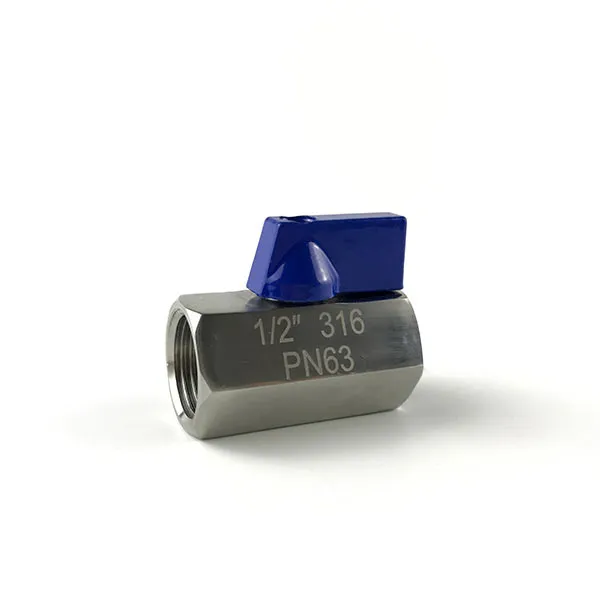
Precision Manufacturing and Quality Assurance: The Craftsmanship Behind Each Valve
The superior performance and longevity of a mini ball valve 1 4 are a direct result of meticulous manufacturing processes and stringent quality control. The journey begins with the selection of premium raw materials, typically forged brass or investment cast stainless steel, ensuring inherent strength and resistance to corrosion. Forging enhances the material's grain structure, providing superior density and pressure integrity compared to conventional casting. Following initial forming, state-of-the-art CNC machining centers precisely shape the valve body, ball, and stem to extremely tight tolerances, critical for achieving a leak-proof seal and smooth operation.
Post-machining, components undergo rigorous cleaning and surface treatment processes. The ball, for instance, is often mirror-finished or chrome-plated to minimize friction and wear against the PTFE seats, thereby extending the valve's operational lifespan. Assembly is performed in controlled environments, followed by comprehensive testing. Every valve is subjected to hydrostatic and pneumatic pressure tests in accordance with industry standards such as API 598 and ISO 5208, guaranteeing zero leakage and robust performance under specified operating conditions. This commitment to quality, evidenced by certifications like ISO 9001:2015, ensures that each 1 4 npt mini ball valve delivered is capable of withstanding the demanding environments of industries like petrochemicals, metallurgy, HVAC, and water treatment, offering exceptional resistance to corrosive media and contributing significantly to energy savings by preventing costly leaks and optimizing flow control.
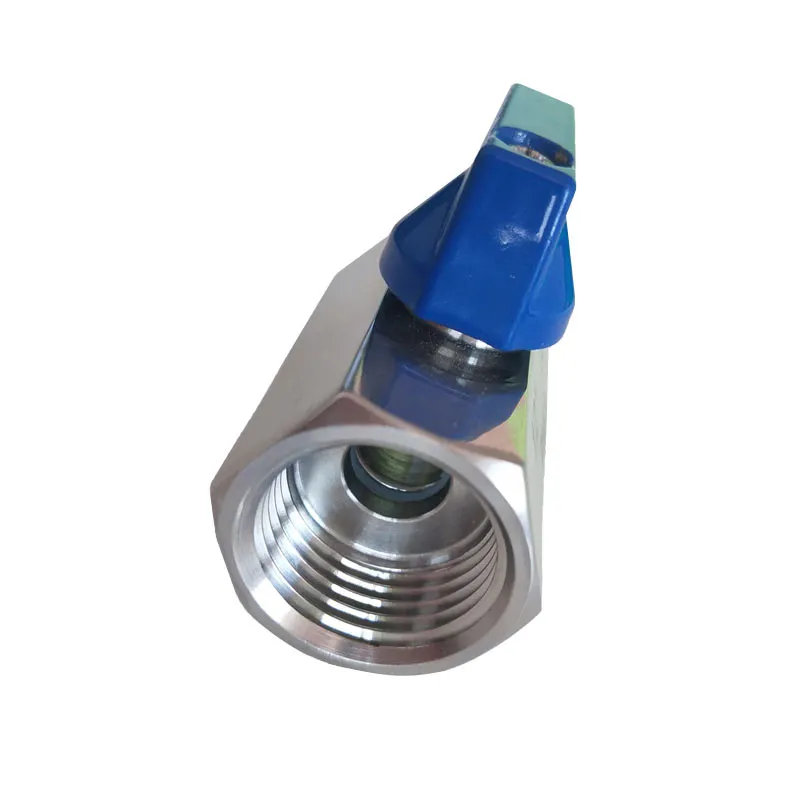
Diverse Application Scenarios and Key Advantages
The compact design and robust performance of the mini ball valve 1 4 make it indispensable across a multitude of industrial and commercial applications where space is at a premium and precise flow control is critical. In pneumatic systems, for example, these valves are crucial for managing compressed air lines, ensuring efficient operation of tools and machinery. Their quick quarter-turn operation is highly valued in instrumentation and calibration setups, allowing for rapid and accurate shut-off or diversion of critical media. Moreover, they find extensive use in small hydraulic systems, laboratory equipment, and even residential and light commercial plumbing, particularly in areas requiring isolation of individual fixtures or low-flow lines.
Beyond their compact form factor, the advantages of a 1 4 inch mini ball valve extend to its operational efficiency and reliability. The quarter-turn mechanism significantly reduces the time and effort required for actuation compared to multi-turn valves. The full-port or reduced-port design ensures minimal pressure drop and unimpeded flow when fully open. Furthermore, their simple design translates to low maintenance requirements and a longer operational lifespan, even under challenging conditions. For applications involving corrosive fluids or high pressures, the choice of stainless steel, such as SS316 for the mini ball valve 1 4, provides superior chemical resistance and structural integrity, contributing to safer and more durable fluid management systems.
Custom Solutions and Manufacturer Excellence
While standard mini ball valve 1 4 models meet many industry needs, specialized applications often demand custom solutions. Reputable manufacturers distinguish themselves by offering extensive customization options, including specific body materials like Hastelloy or Monel for highly corrosive environments, various end connections beyond standard NPT or BSP, and different handle designs (e.g., locking handles for security, butterfly handles for tight spaces). The ability to tailor pressure ratings, temperature ranges, and even surface finishes allows for optimal integration into unique system architectures.
Choosing a manufacturer with a proven track record, extensive service years, and adherence to international standards like ASME B16.34 and ISO 17292 for ball valve design is paramount. Their commitment to continuous R&D ensures product innovation, while robust quality assurance protocols—from raw material inspection to final product testing—guarantee reliability. A transparent approach to technical specifications, performance data, and comprehensive customer support further establishes a manufacturer’s authority and trustworthiness in the B2B sector.
Mini Ball Valve Comparison: Brass vs. Stainless Steel
| Feature | Brass Mini Ball Valve | Stainless Steel (SS304/SS316) Mini Ball Valve |
|---|---|---|
| Corrosion Resistance | Good for general water/oil, susceptible to strong acids/chlorides | Excellent for chemicals, saltwater, high purity applications (SS316 superior) |
| Pressure Rating | Typically up to 600 PSI WOG (Non-shock) | Often up to 1000 PSI WOG (Non-shock) or higher |
| Temperature Range | -20°C to 120°C (with standard seals) | -20°C to 180°C (with PTFE seals), wider range with specialized seals |
| Cost | Generally more economical | Higher initial investment, but often better long-term value in demanding conditions |
| Typical Applications | Water lines, HVAC, low-pressure gas, general plumbing | Chemical processing, pharmaceuticals, food & beverage, oil & gas, high-purity systems |
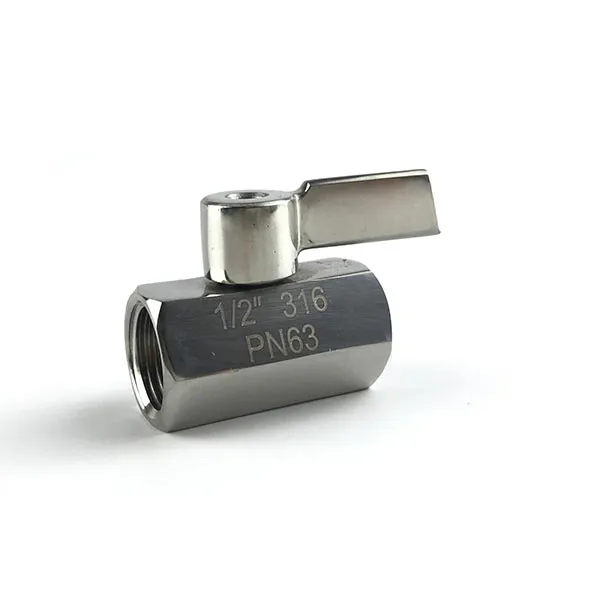
Real-World Applications and Client Success Stories
The tangible benefits of a high-quality mini ball valve 1 4 are best illustrated through real-world applications and client testimonials. For instance, in a critical pharmaceutical manufacturing facility, precise temperature and flow control for sterile water lines are paramount. The deployment of SS316 1 4 npt mini ball valve units ensured not only leak-free operation, critical for preventing contamination, but also facilitated rapid system isolation during maintenance, significantly reducing downtime and upholding stringent regulatory compliance (e.g., FDA requirements for material traceability).
Another compelling case involves an advanced HVAC system in a commercial building. The compact nature of these valves allowed for their integration into tight spaces within the manifold, optimizing system design without compromising accessibility. Here, the brass 1 4 inch mini ball valve proved ideal for non-potable water and glycol lines, providing reliable shut-off for zoning and maintenance. Feedback from system engineers consistently highlights the ease of installation, the durability under continuous operation, and the exceptional reliability, which directly translates into reduced operational costs and enhanced system efficiency over the long term. These successes underscore the practical value and trusted performance that decision-makers can expect from a well-specified and robustly manufactured mini ball valve.
Frequently Asked Questions (FAQ)
- What is the typical lifespan of a mini ball valve 1/4?
With proper installation and within specified operating conditions, a high-quality mini ball valve 1 4 made from brass or stainless steel, with PTFE seats, can have a lifespan of 10-15 years or more, often exceeding 10,000 operational cycles. Factors like media abrasiveness, pressure fluctuations, and temperature extremes can affect this.
- What are the main connection types available for a 1/4 inch mini ball valve?
Common connection types include NPT (National Pipe Taper) for strong, leak-proof seals, BSP (British Standard Pipe) for European and Asian markets, and sometimes compression fittings for quick, tool-free installation in certain applications. The 1 4 npt mini ball valve is highly prevalent in North America.
- Can a mini ball valve be used for steam applications?
While some general-purpose mini ball valves might handle low-pressure saturated steam (e.g., up to 150 PSI), it's crucial to select a valve specifically rated for steam, often with reinforced PTFE or PEEK seats and a stainless steel body (SS316). Always check the manufacturer's steam rating to ensure safety and longevity.
- How do I choose between a brass and stainless steel mini ball valve?
The choice depends on the fluid being controlled and the environment. Brass is economical and suitable for water, oil, and gas applications that are non-corrosive. Stainless steel (SS304 or SS316) is preferred for corrosive chemicals, high purity applications, saltwater, and higher temperatures/pressures. SS316 offers superior corrosion resistance compared to SS304, making it ideal for the most demanding chemical applications involving a 1 4 inch mini ball valve.
Procurement and Partnership: Trust and Reliability
In the B2B landscape, selecting the right supplier for a mini ball valve 1 4 extends beyond product specifications; it encompasses a partnership built on trust and reliability. A reputable manufacturer offers transparent delivery cycle explanations, ensuring clients can plan their projects with confidence. This includes clear communication on lead times for standard stock items versus custom orders, and efficient logistics for global distribution.
Crucially, a strong commitment to quality assurance is evidenced by adherence to international certifications such as ISO 9001 for quality management systems, ASME standards for design and manufacturing, and API specifications for performance testing. Manufacturers should provide comprehensive product warranties, reflecting their confidence in the durability and performance of their valves. Furthermore, robust pre-sales consultation and post-sales customer support, including technical assistance and troubleshooting, are hallmarks of a valuable long-term partnership. Such dedication not only enhances the perceived authority of the supplier but also instills deep trust among B2B clients, ensuring that every 1 4 npt mini ball valve purchased is backed by expertise and unwavering support.
Conclusion
The mini ball valve 1 4 is far more than a simple component; it is a meticulously engineered solution that underpins precision and reliability across countless industrial and commercial fluid control systems. Its compact design, coupled with robust construction and the capability to handle diverse media, positions it as an indispensable asset for engineers and procurement specialists alike. From ensuring seamless operation in complex pneumatic systems to providing critical shut-off in sensitive chemical processes, the value derived from a high-quality 1 4 inch mini ball valve is immeasurable.
As industries continue to evolve towards more compact, efficient, and automated solutions, the demand for advanced fluid control components will only intensify. Partnering with a manufacturer that prioritizes rigorous quality control, offers comprehensive technical support, and provides tailored solutions is crucial for maximizing the operational efficiency and longevity of your systems. Investing in superior mini ball valve 1 4 technology is an investment in the long-term integrity and performance of your critical infrastructure.
References
- ISO 9001:2015, Quality management systems — Requirements. International Organization for Standardization.
- ASME B16.34-2020, Valves—Flanged, Threaded, and Welding End. American Society of Mechanical Engineers.
- API 598, Valve Inspection and Testing. American Petroleum Institute.
- Hydraulic Institute Standards. Various publications on fluid dynamics and pump systems.
- Fluid Flow Handbook, John P. King, 3rd Edition.

